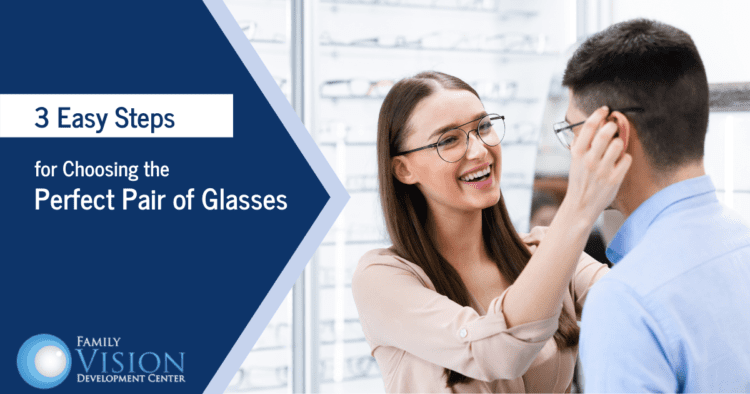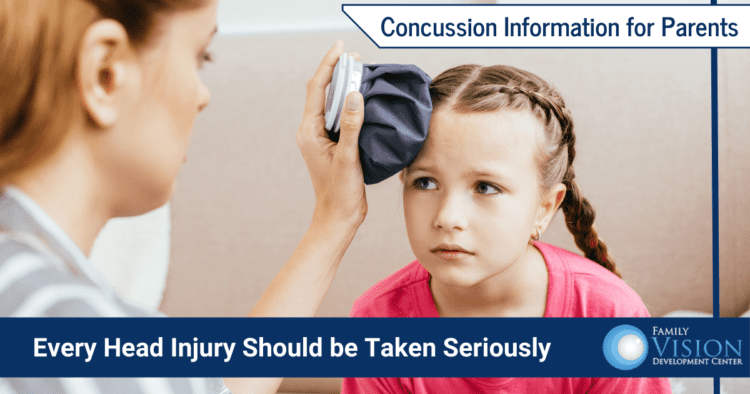

3 Simple Tips for Finding the Perfect Glasses
Discovering the perfect glasses is like hitting a jackpot – and you get to enjoy the rewards every day! Besides the obvious benefit of improving your vision, the right glasses can enhance your style, improve your mood and boost your overall self-esteem. Taking the time to select the best pair can really pay off in the long run, and it’s easy if you pay attention to the following three steps.
Consider the Type of Vision Correction Needed
First and foremost, your perfect glasses will need to be chosen based on what type of vision correction is necessary. For example, a person who has trouble focusing on words when reading close up would need different lenses than someone who has trouble seeing objects in the distance. And there are also those that need to correct a combination of vision problems with one pair of glasses. Some of the most common lens options include:
- Single vision lenses in which the entire lens has the same prescription power. These work when there is only one vision issue that needs to be addressed, such as nearsightedness or farsightedness.
- Bifocal lenses which incorporate one prescription on the lower portion of the lens and a different prescription in the upper part of the lens, with a visible line dividing the two. These lenses treat both near and far vision.
- Trifocal lenses are similar to bifocal lenses, but they add in a middle-distance prescription
- Progressive lenses incorporate near-, far- and middle-distance correction, but instead of distinct lines separating the prescriptions, they provide a smoother transition as you look from near to far.
Additionally, there are a variety of lens coatings you can add to customize your lenses such as scratch resistant, anti-reflective, anti-fog, blue light blocking or tinted. Your perfect glasses will be the right combination of vision correction and special features to meet your needs.
Examine Your Face Shape
There is such a wide variety of frame styles and colors available, it might be difficult to know where to begin. One great way to narrow it down is to first determine the shape of your face. Different frame styles tend to compliment particular face shapes. So, to find your perfect glasses consider the following suggestions based on the shape of your face:
- Round – Choose frames that are rectangular or square, as they tend to make a face look slimmer and longer
- Square – Oval or round frames will help balance the angular features of this face shape
- Heart – Frames that are wider at the bottom will offset the wider forehead of this face shape, adding width to the narrower part of the face. Rounded frames can also be flattering here.
- Oval – Stick with frames that are wider than the broadest part of your face, that are not overly large, to maintain the symmetry of an oval face
- Diamond – Compliment a narrow forehead and chin by choosing frames that are wider than the cheekbones, such as cat eye or oval styles
Of course, this is just a good place to start. Sometimes you put on a pair and you just know they are the right choice. For this reason, it’s a good idea to try on several options to get a feel for which style you feel most comfortable in.
Keep Lifestyle Factors in Mind
Finally, when searching for the perfect glasses, it is important to keep your lifestyle choices and personality in mind. For example, if you are an athletic individual, you might want to consider more durable lenses and frames that can withstand the activities you participate in. Those who spend a lot of time in front of a computer screen might be interested in lenses with an anti-glare coating. And those who really want to let their outgoing personality shine through can choose fun, colorful frames. You’re going to be wearing your perfect glasses every day, so it’s important to make sure they are comfortable and practical for you.
Family Vision Development Center Has the Perfect Glasses for You
Choosing the perfect glasses can be a tough decision, so we are here to help! At Family Vision Development Center, our professional team can help you explore the many available options in frames and lenses based on your individual needs. We have a large selection of fashionable, designer frames to suit your style, and we will explain the many possible combinations of features and styles to help you craft the best pair of glasses that you will enjoy wearing every day.
Family Vision Development Center is a full-service eye care provider and neuro-optometric rehabilitation center in Aurora, Il. We treat patients of all ages with services ranging from comprehensive vision exams to advanced vision care such as post-concussive vision therapy. Contact us for all your eye care needs by calling 630-862-2020.

